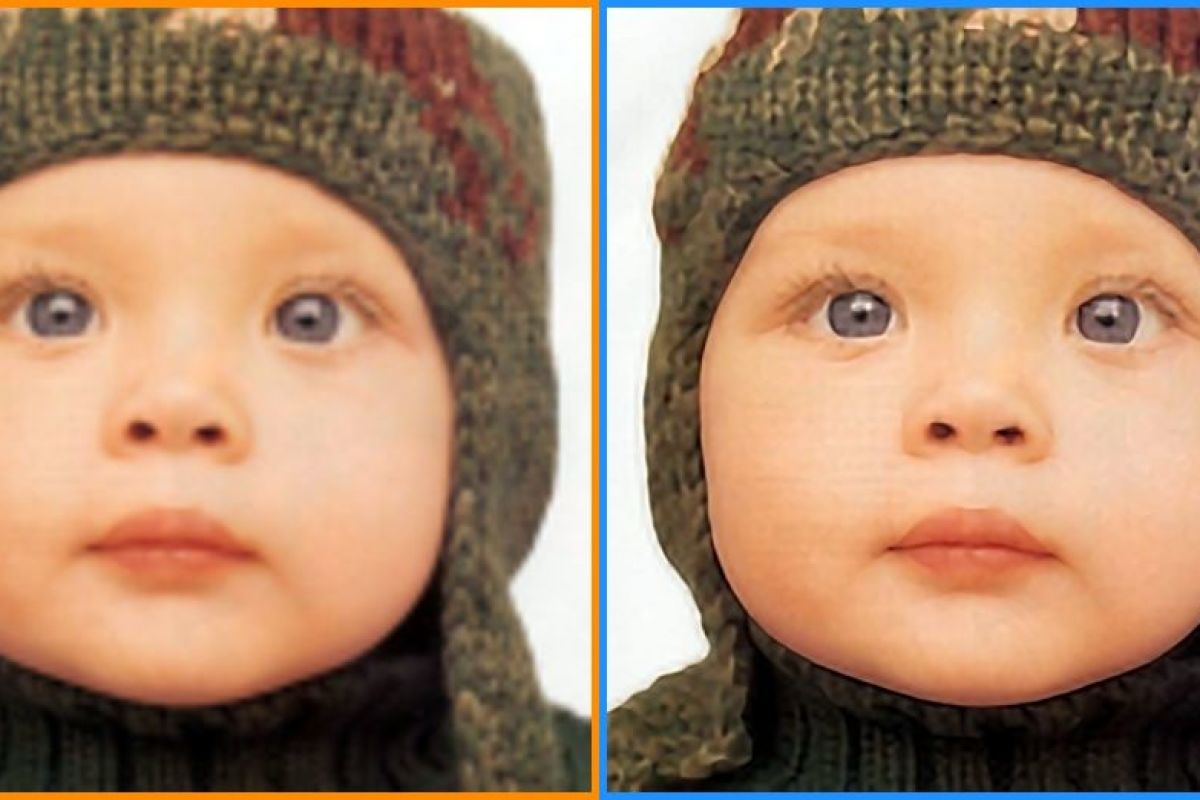Machine Learning for Design
Lecture 4
Machine Learning for Images. Part 2
How do humans see?
Hubel and Wiesel, 1959
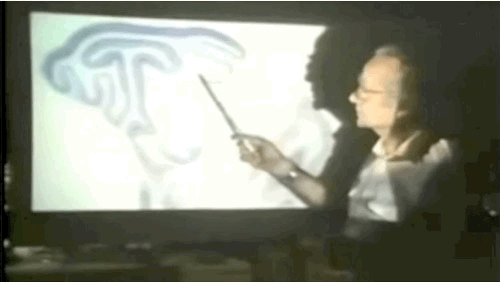
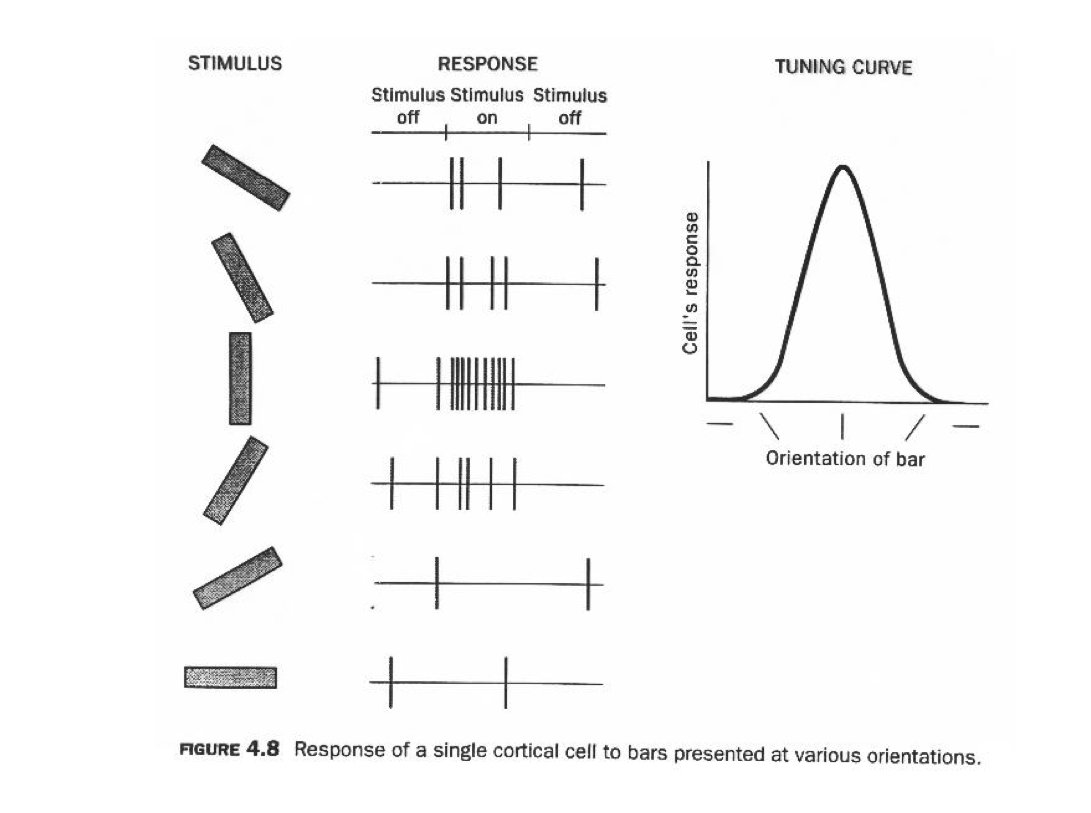
Neural Pathways
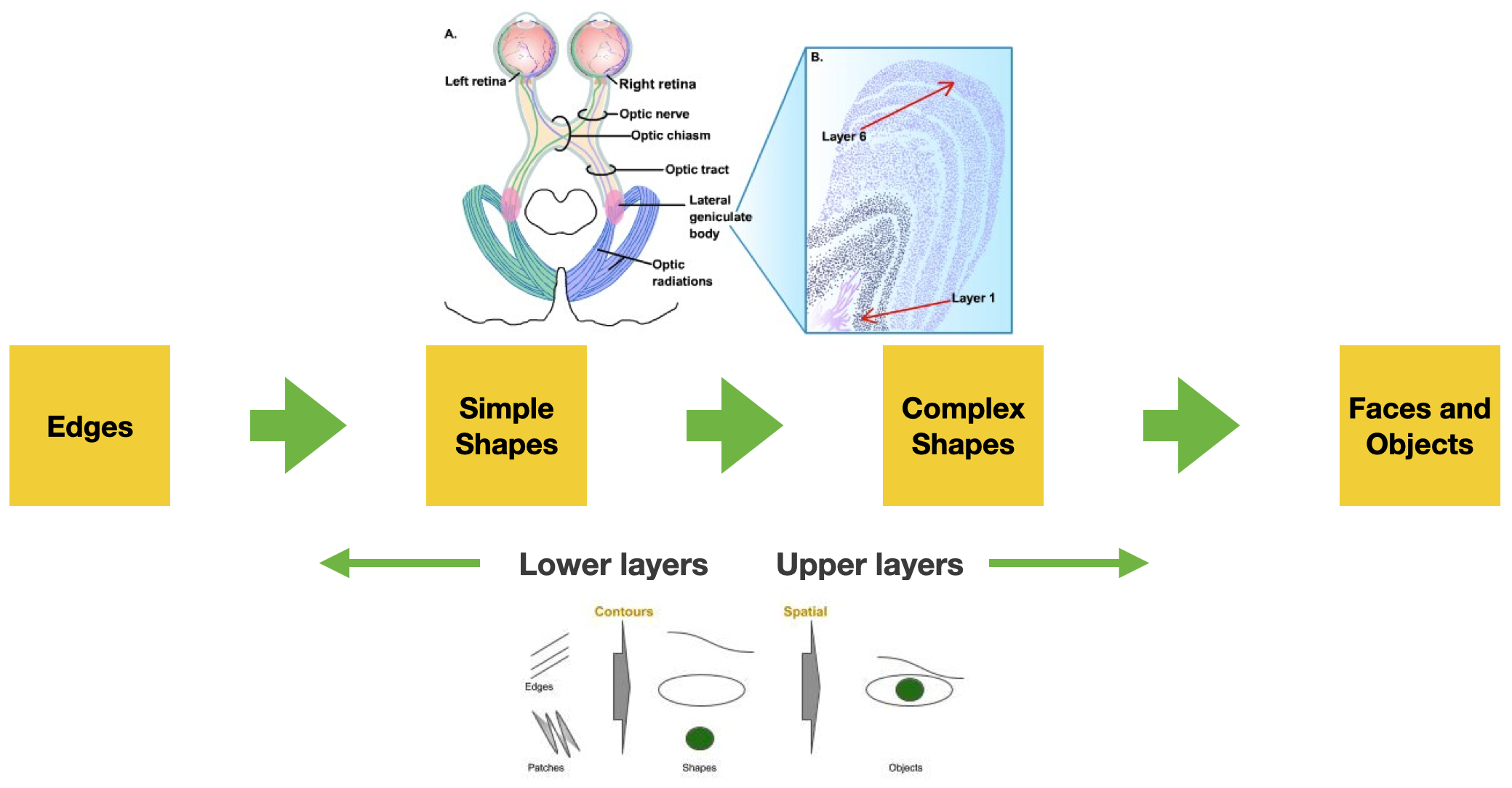
Neural Correlation
of Objects & Scene Recognition
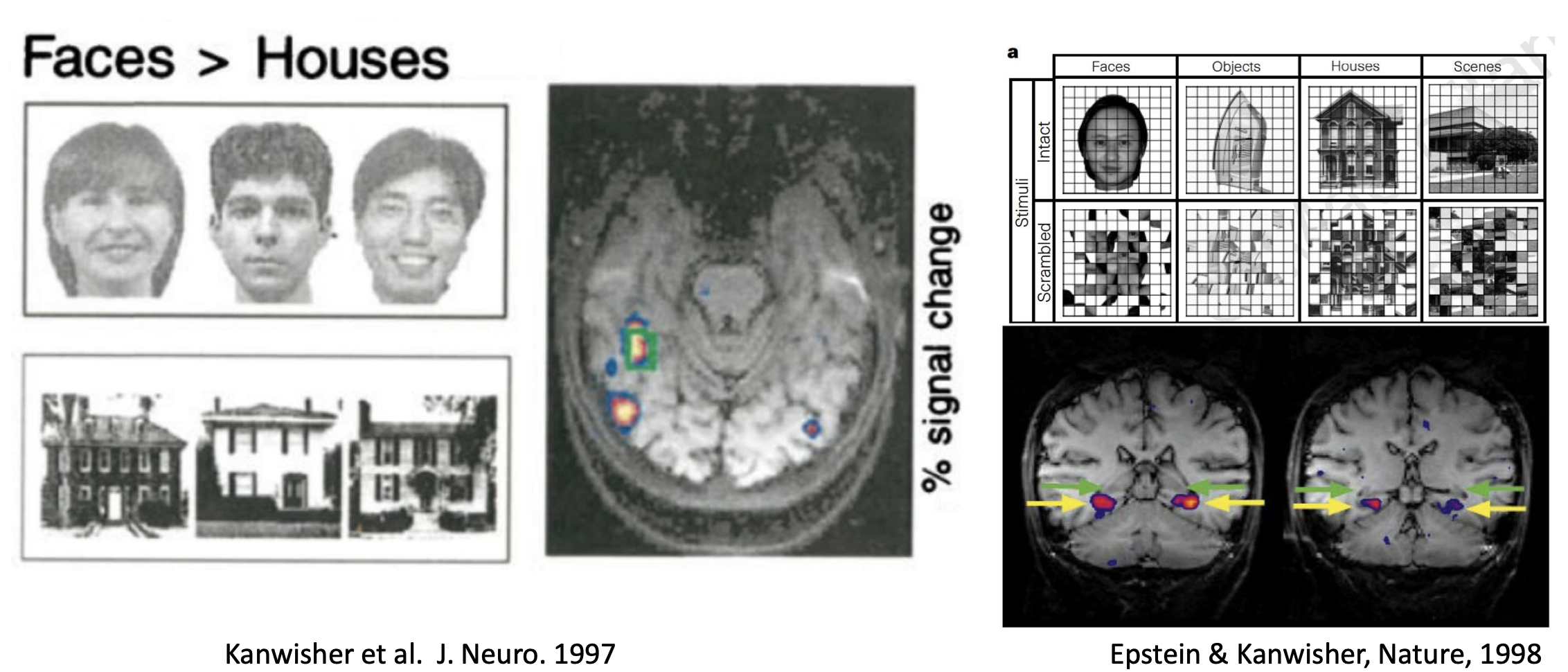
Why is machine vision hard?
The deformable and truncated cat

Computer Vision Challenges
Viewpoint Variation
A single instance of an object can be oriented in many ways to the camera.
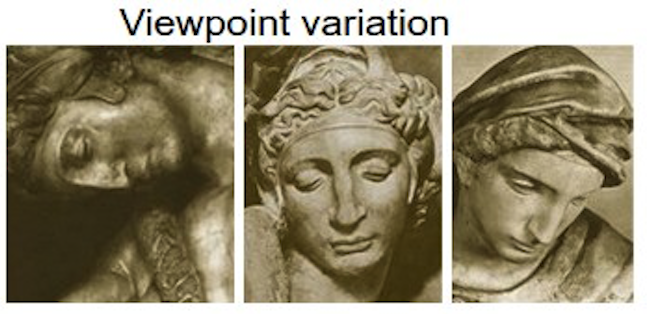
Deformation
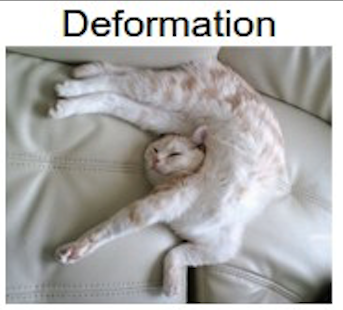
Many objects of interest are not rigid bodies and can be deformed in extreme ways.
Occlusion
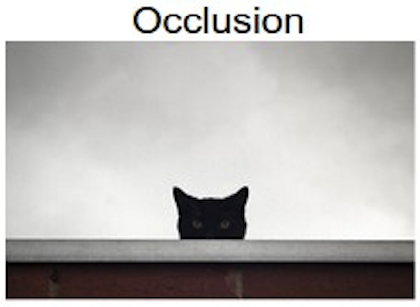
The objects of interest can be occluded. Sometimes only a tiny portion of an object (as few pixels) could be visible.
Illumination Condition
The effects of illumination can be drastic on the pixel level.
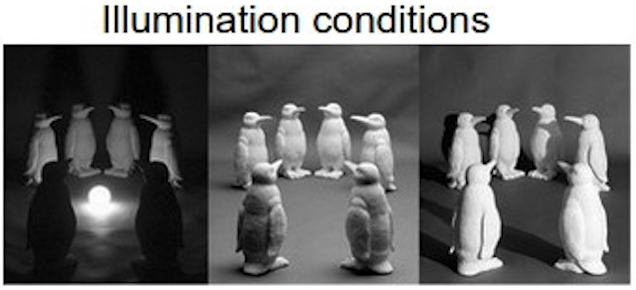
Scale variation
- Visual classes often exhibit variation in their size
- Size in the real world
- Size in the image
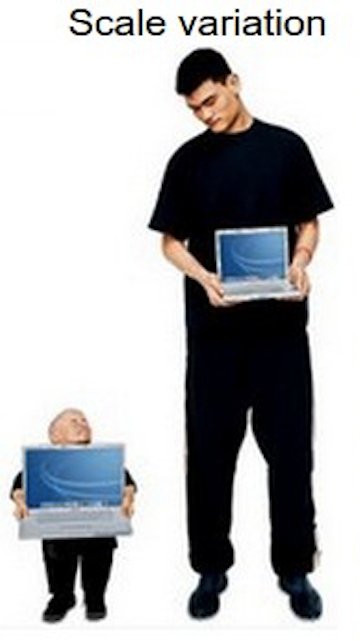
Background clutter
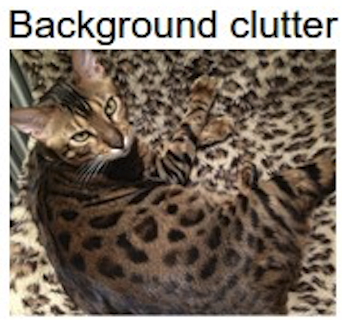
The objects of interest may blend into their environment, making them hard to identify.
Intra-class variation
- The classes of interest can often be relatively broad, such as chairs.
- There are many different types of these objects, each with their appearance.
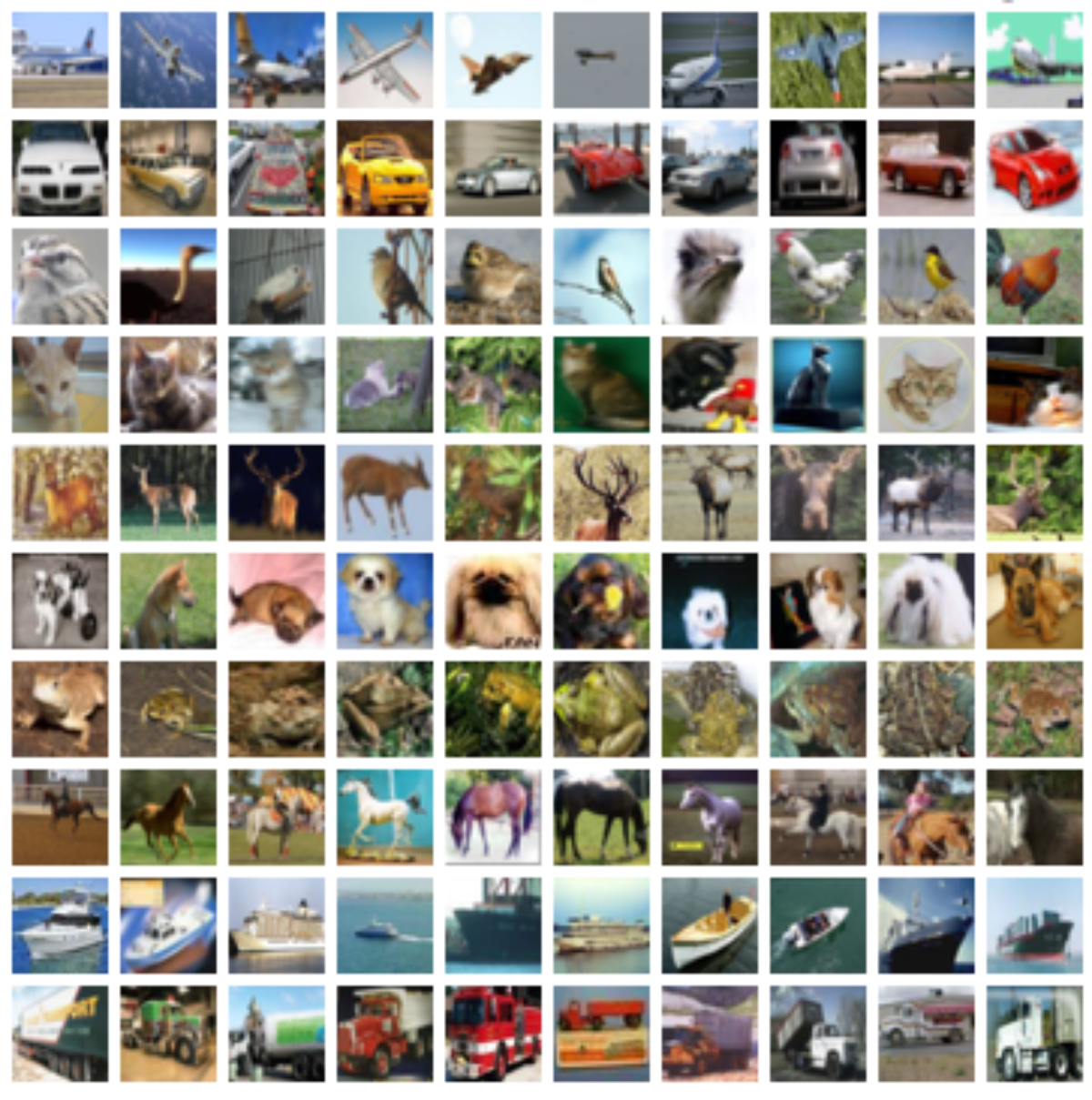
How Computer Vision models work?
Course of dimensionality
- High dimensionality
- A 1024×768 image has d = 786432!
- A tiny 32×32 image has d = 1024
- Decision boundaries in pixel space are extremely complex
- We will need “big” ML models with lots of parameters
- For example, linear regressors need d parameters

Downsampling
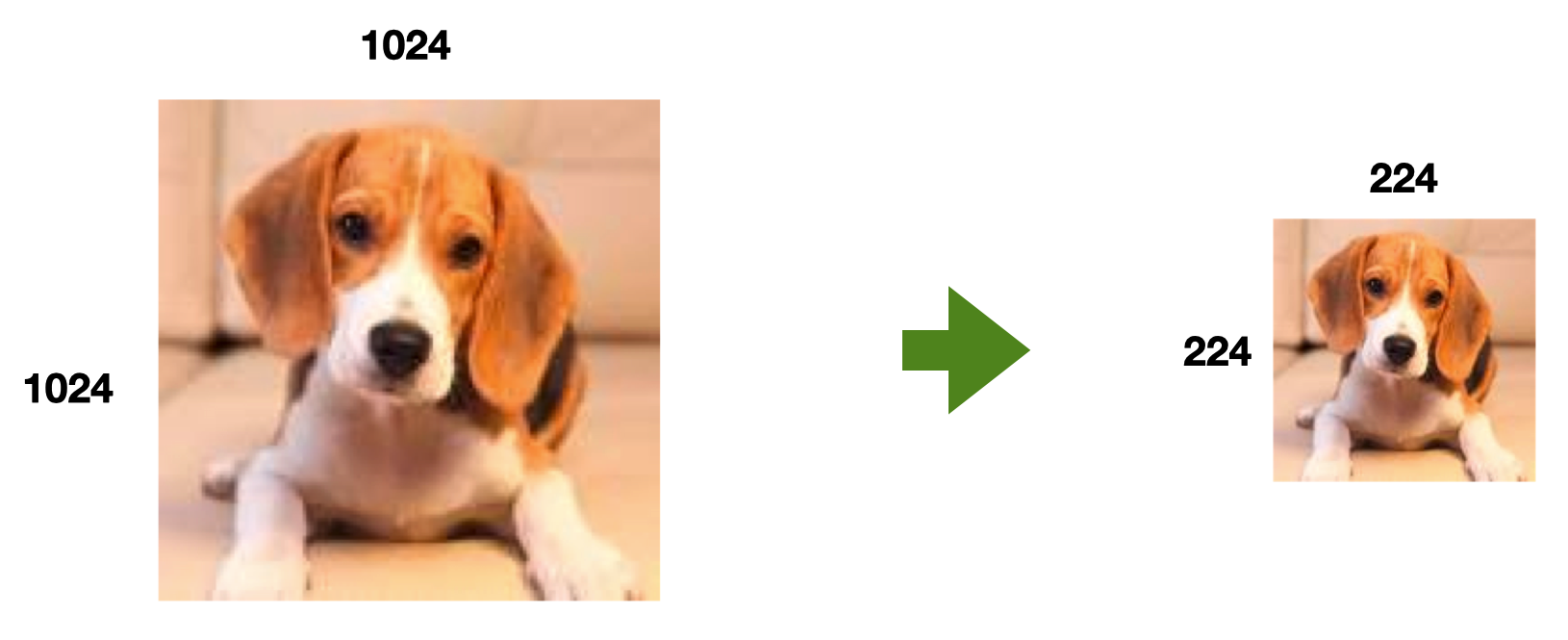
Flattening
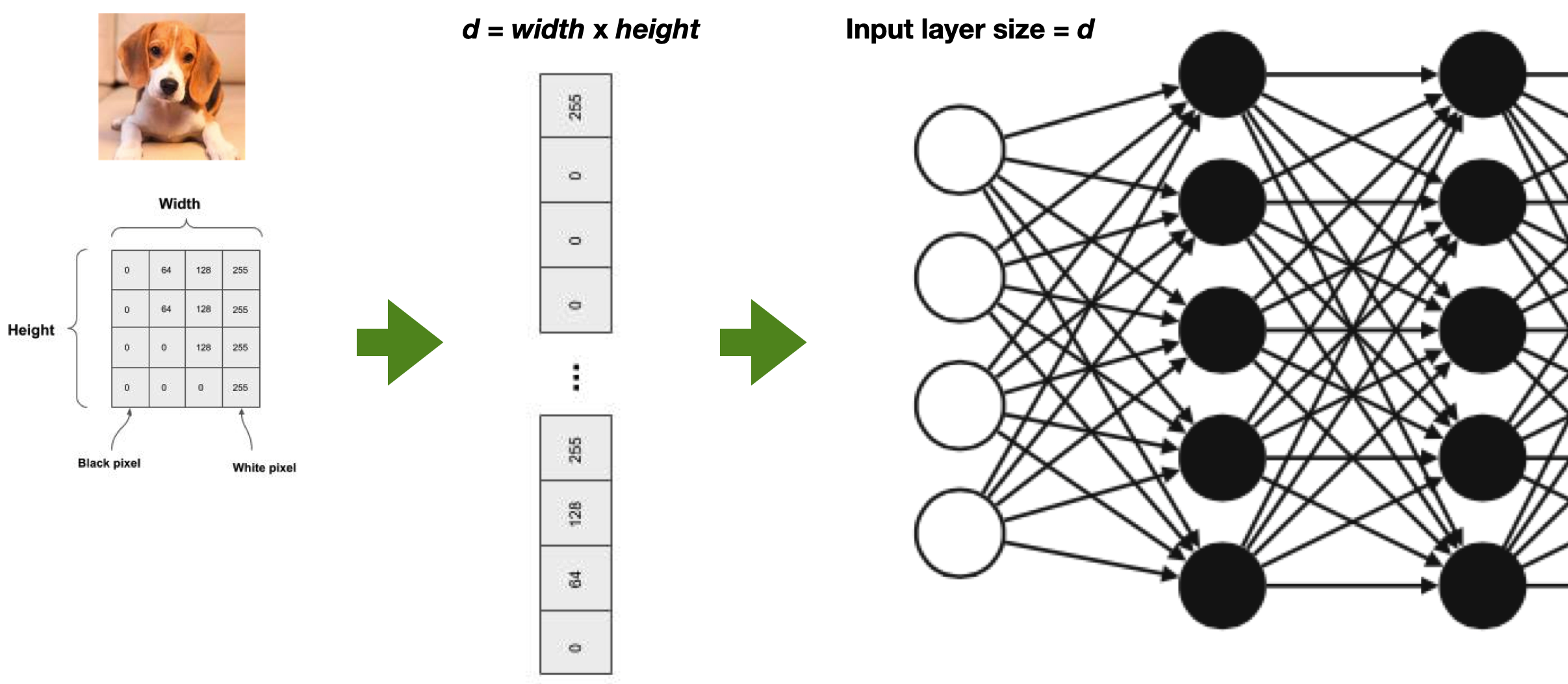
The “old days”: Feature Extraction
- Feature
A relevant piece of information about the content of an image
-e.g., edges, corners, blobs (regions), ridges
- A good feature
- Repeatable
- Identifiable
- Can be easily tracked and compared
- Consistent across different scales, lighting conditions, and viewing angles
- Visible in noisy images or when only part of an object is visible
- Can distinguish objects from one another
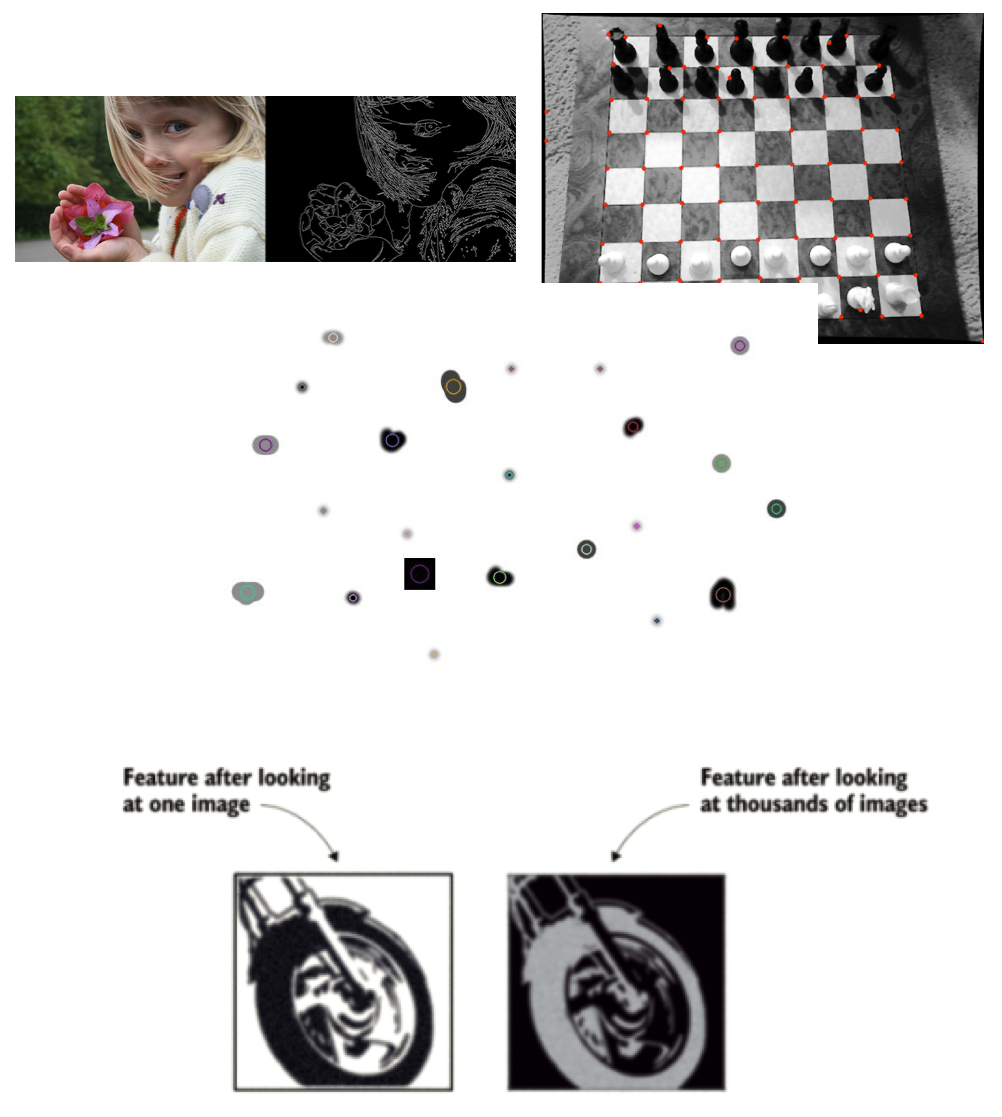
The “old days”: Feature Engineering
- Machine learning models are only as good as the features you provide
- To figure out which features you should use for a specific problem
- Rely on domain knowledge (or partner with domain experts)
Experiment to create features that make machine learning algorithms work better

Feature Extraction Techniques
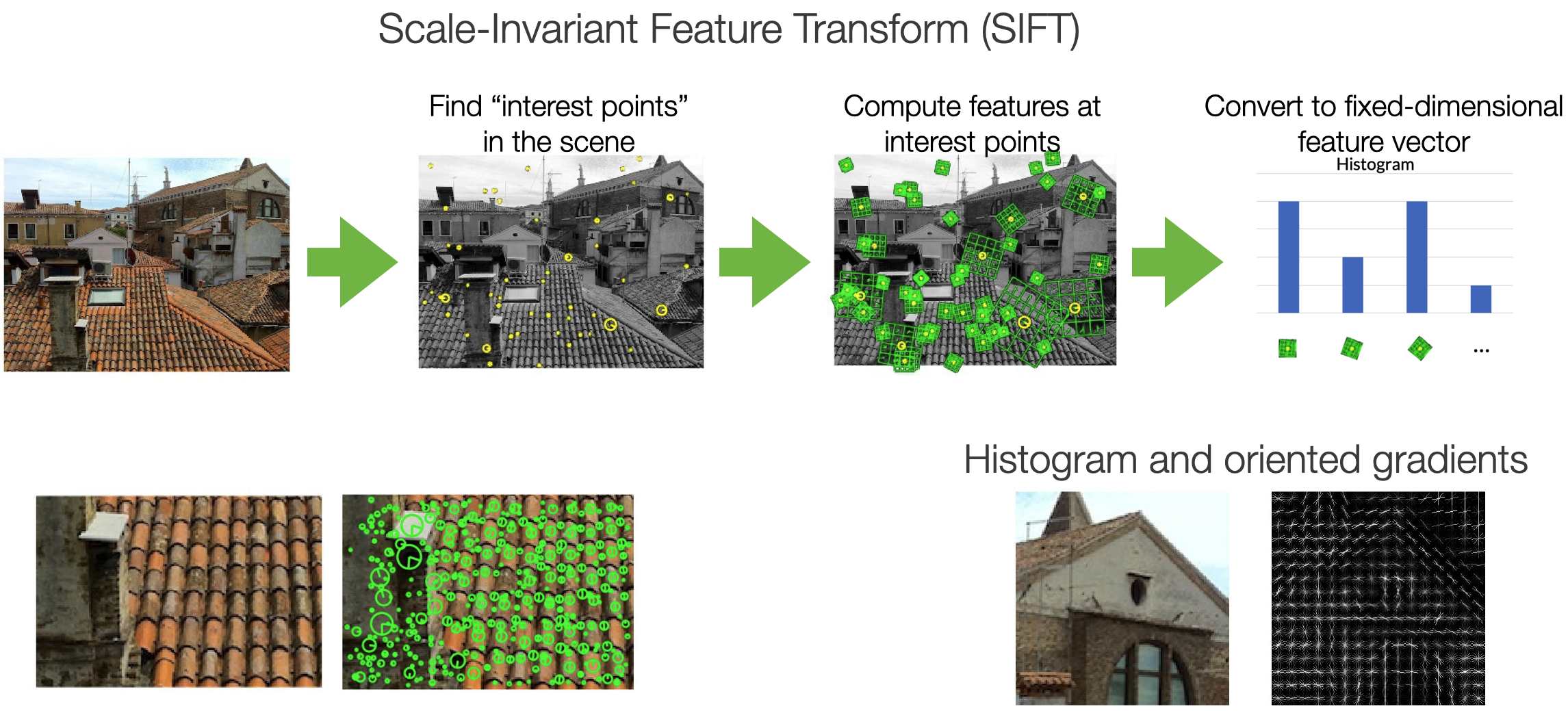
Performance

Convolutional Neural Networks

- CNNs exploit image properties to reduce the number of model parameters drastically
- Feature maps
- Automatically extracted hierarchical
- Retain spatial association between pixels
- Local interactions
- all processing happens within tiny image windows
- within each layer, far-away pixels cannot influence nearby pixels
- Translation invariance
- a dog is a dog even if its image is shifted by a few pixels
Convolution & Feature Maps

What CNNs learn?
Feature Visualisation
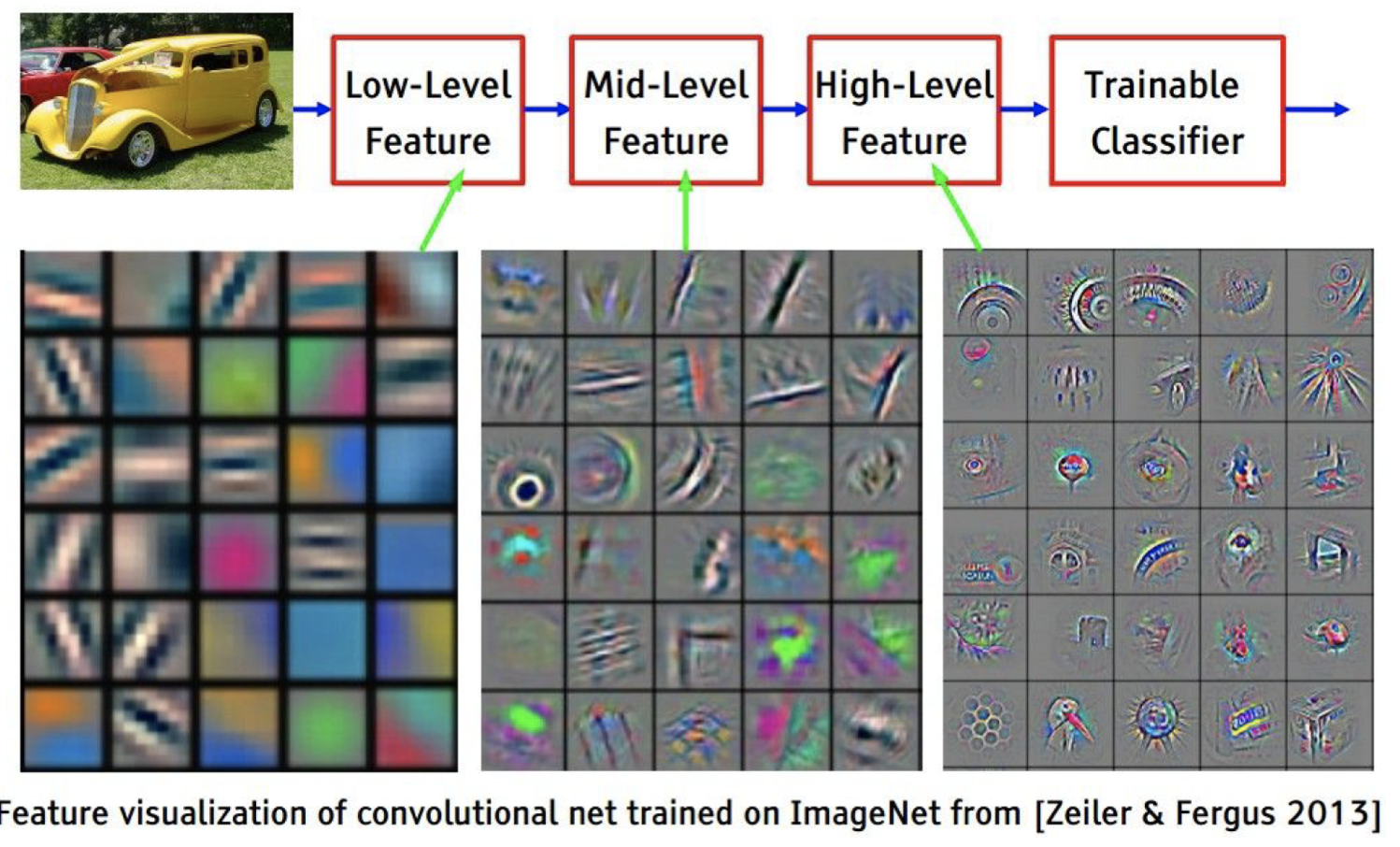
Layer 1
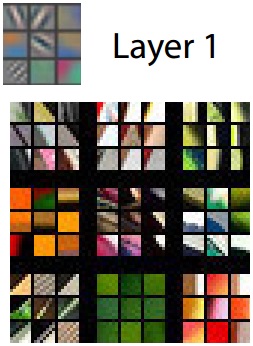
Layer 2

Layer 3
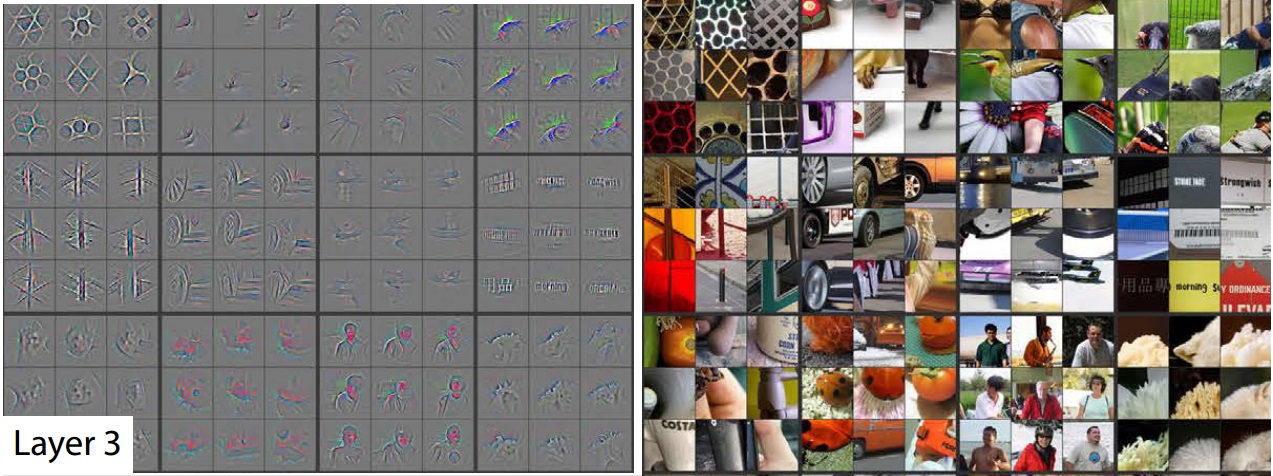
Network Dissection
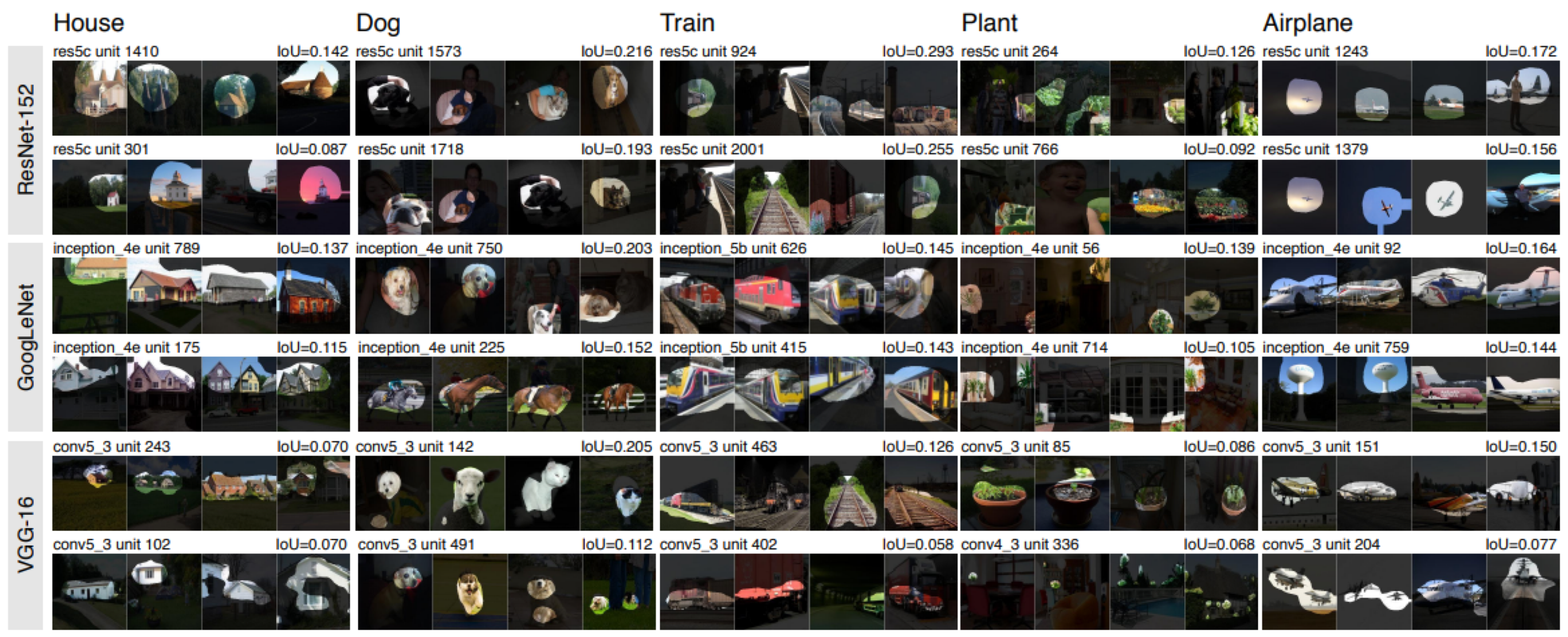
Translation Invariance

But not rotation and scaling invariance!
What about generalisation?
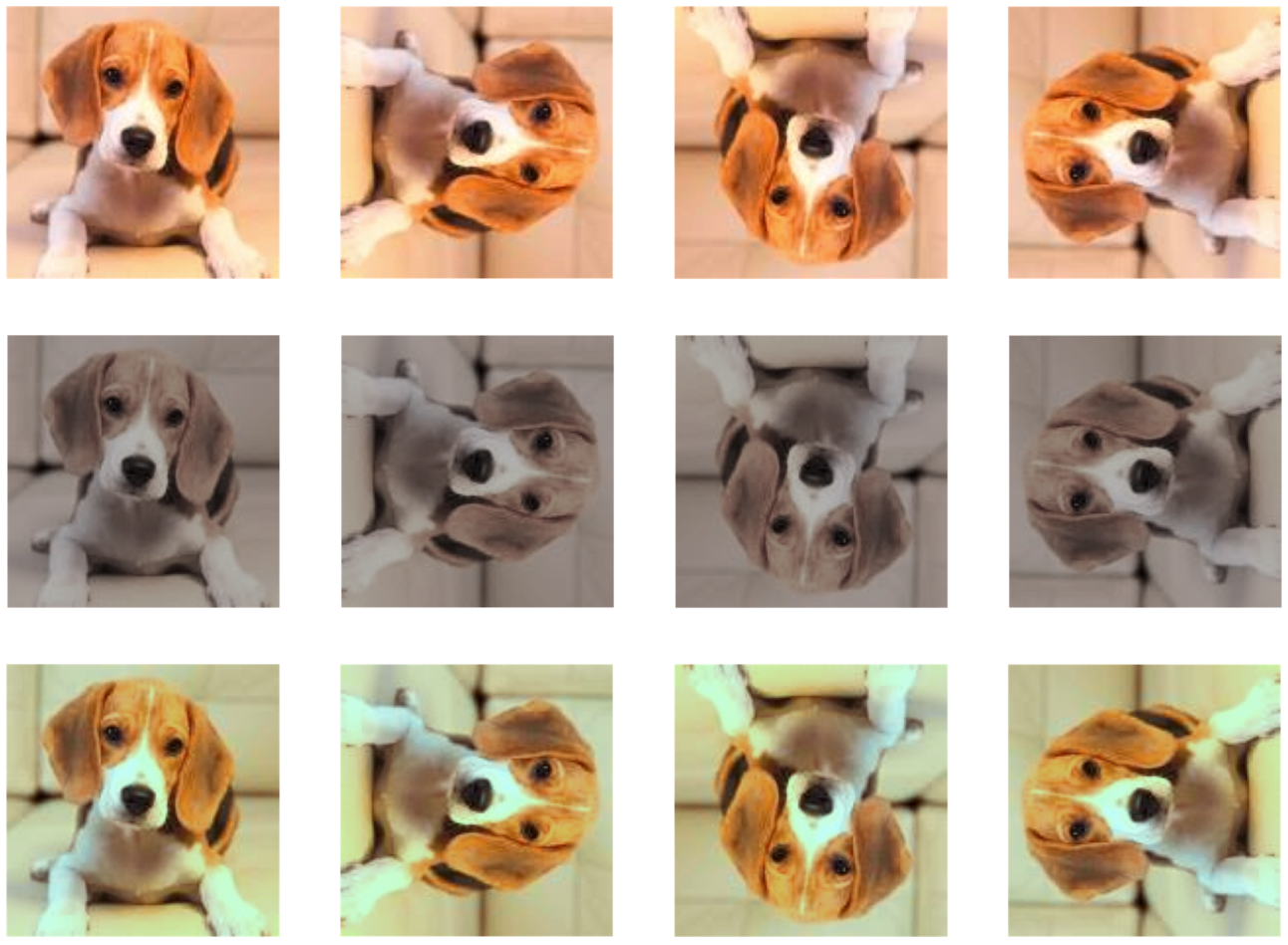
Data Augmentation
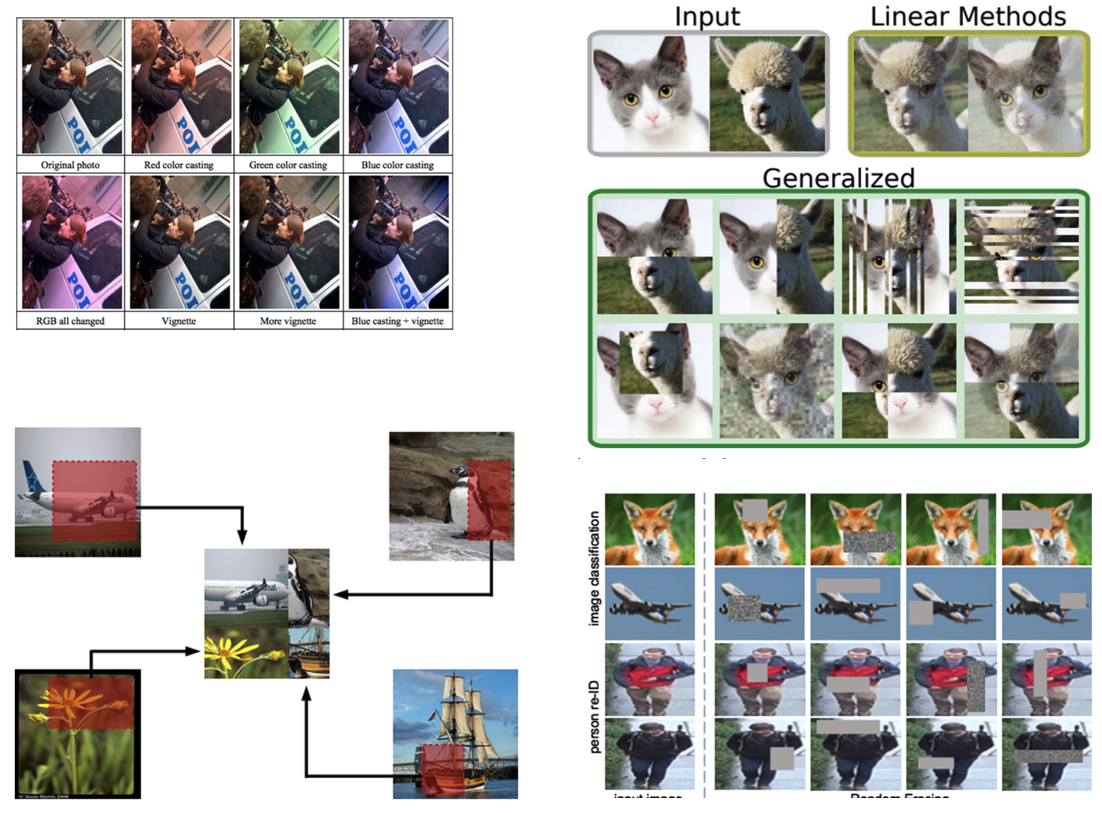
- Generate variations of the input data
- To improve generalisability (out-of-distribution inputs)
- Improve invariance (rotation, scaling, distortion)
Data Augmentation

- Geometric
- Flipping, Cropping, Rotation, Translation,
- Noise Injection
- Color space transformation
- Mixing Images
- Random erasing
- Adversarial training
- GAN-based image generation
Robustness to input variation
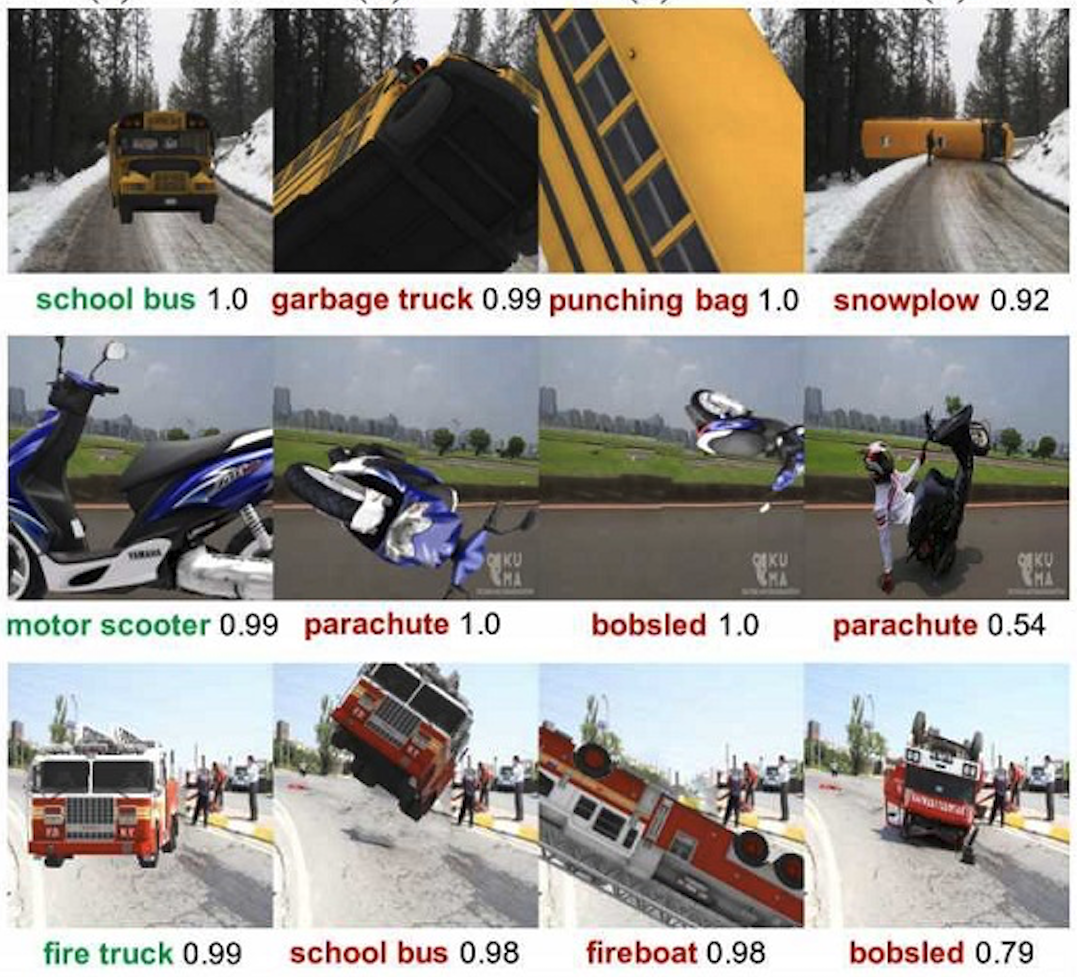
Transfer Learning
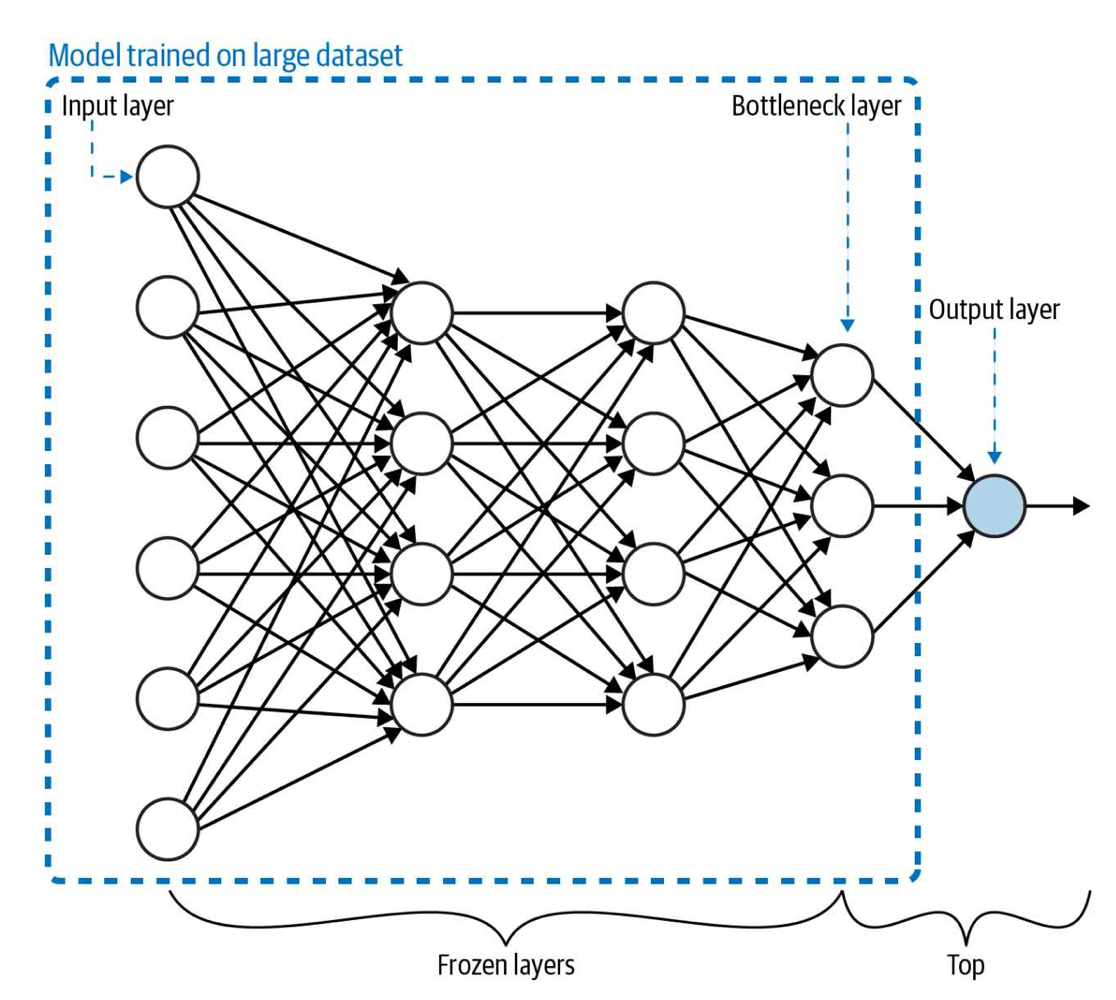
- Problem: training custom ML models requires huge datasets
- Transfer learning: take a model trained on the same data type for a similar task and apply it to a specialised task using our custom data.
- Same data: same data modality. same types of images (e.g., professional pictures vs. Social media pictures)
- Similar tasks: if you need a new object classification model, use a model pre-trained for object classification
Advanced Computer Vision Techniques
Generative Adversarial Networks

- Learn patterns from the training dataset and create new images that have a similar distribution of the training set
- Two deep neural networks that compete with each other
- The generator tries to convert random noise into observations that look as if they have been sampled from the original dataset
- The discriminator tries to predict whether an observation comes from the original dataset or is one of the generator’s forgeries
The generator’s architecture looks like an inverted CNN that starts with a narrow input and is upsampled a few times until it reaches the desired size
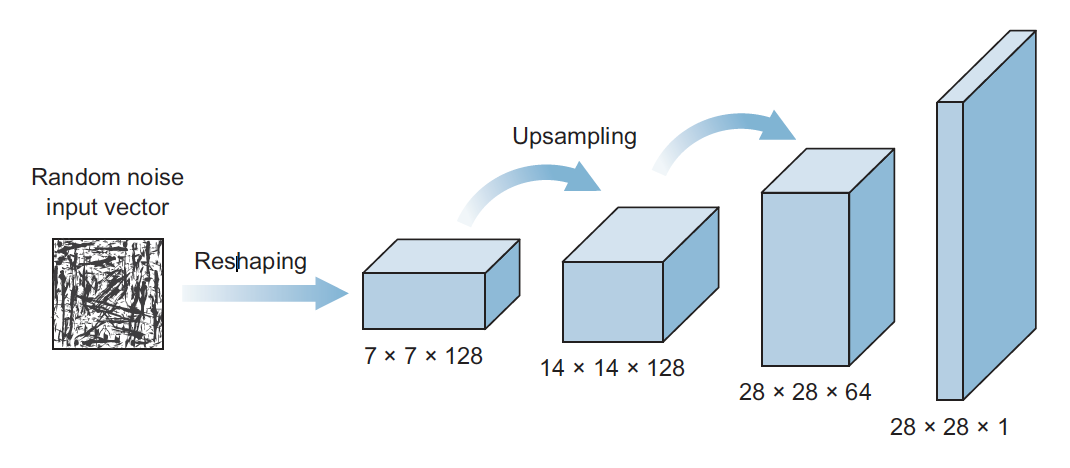
The discriminator
’s model is a typical classification neural network that aims to classify images generated by the generator as real or fake
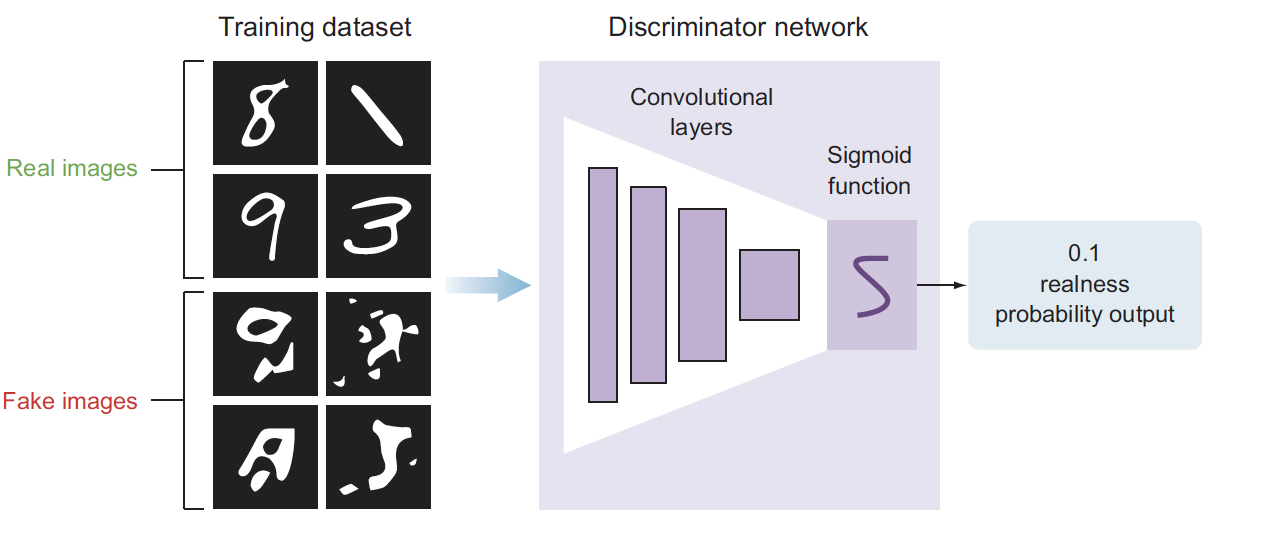
Text-To-Image Generation

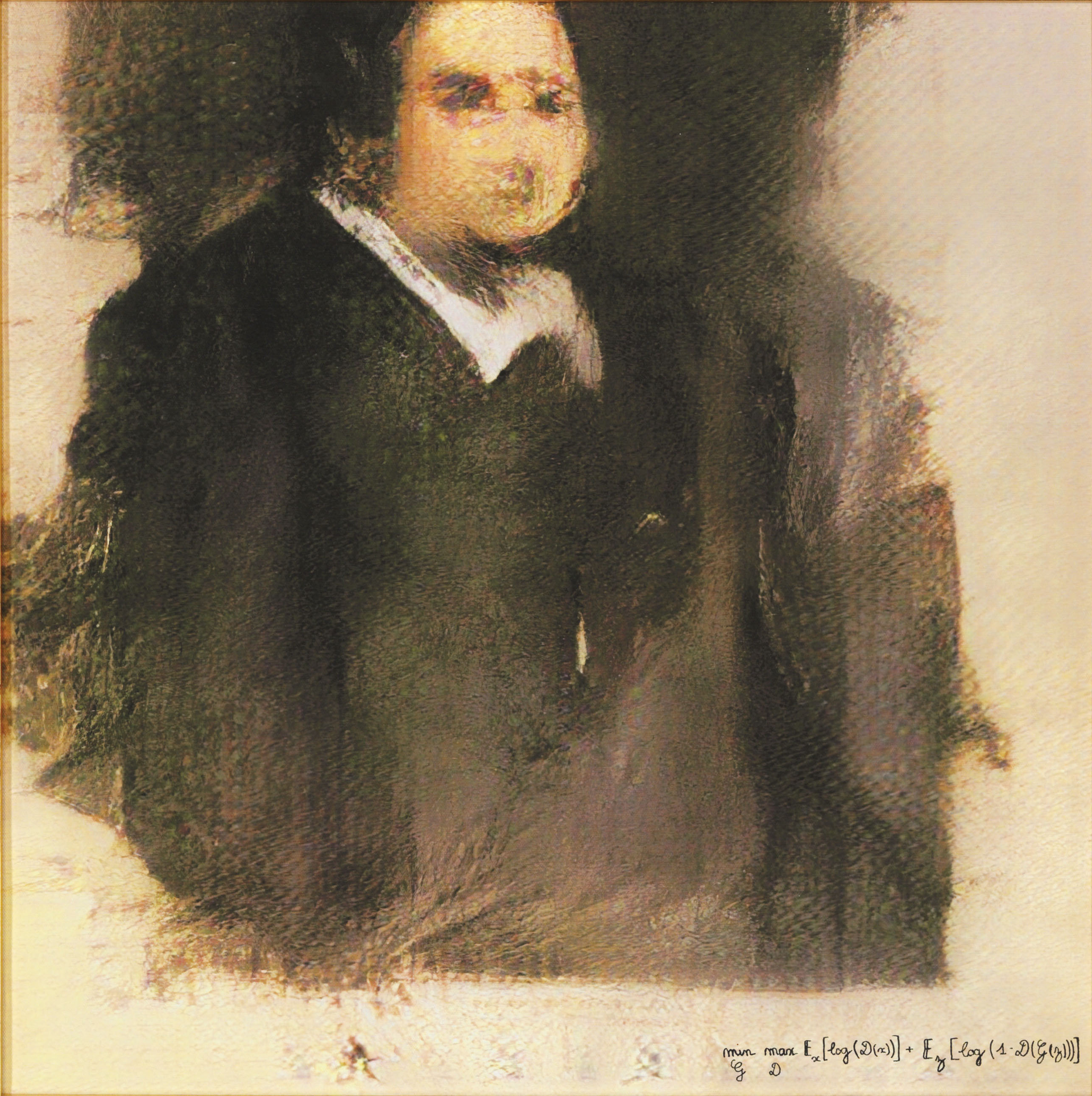
- ML-generated painting sold for $432,500
- The network trained on a dataset of 15,000 portraits painted between the fourteenth and twentieth centuries
- Network “learned” the style and generated a new painting
Neural Style Transfer

Text-To-Image Generation

Design
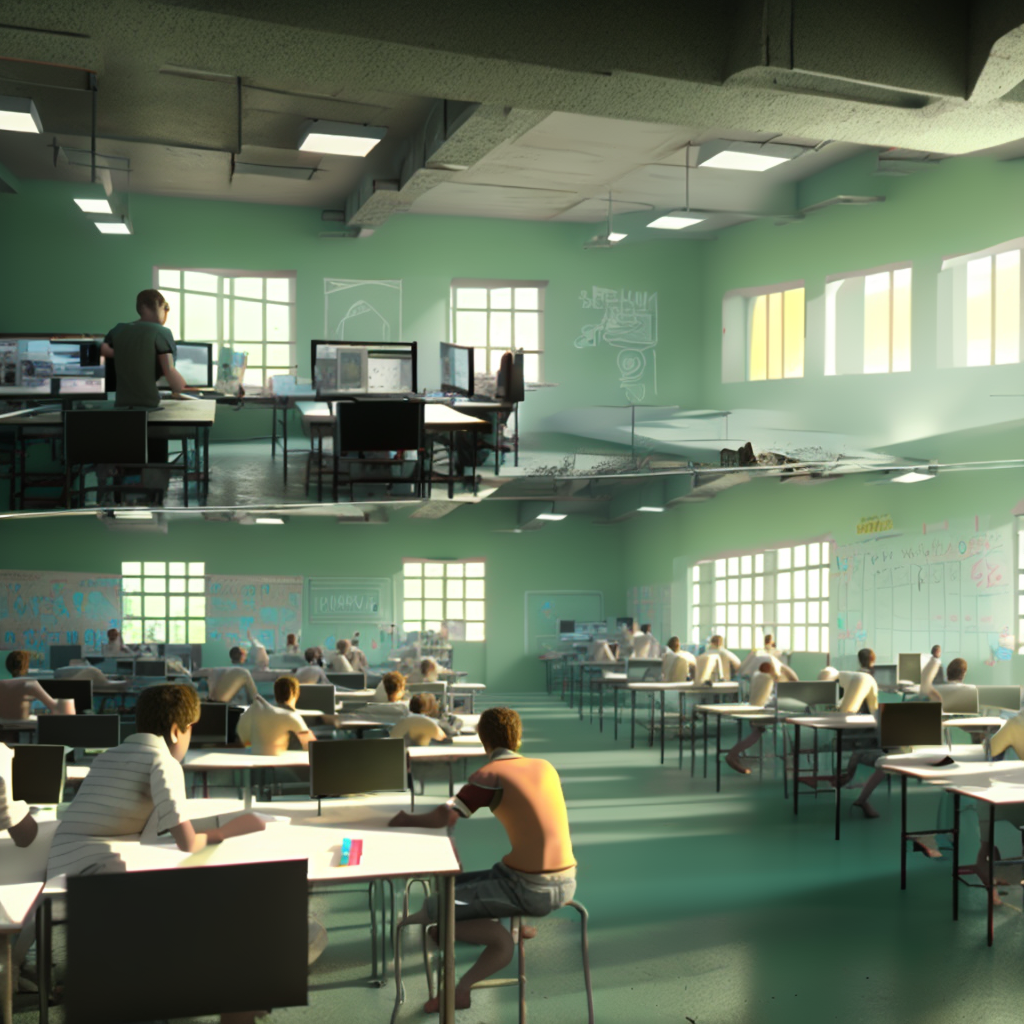
Computer Science
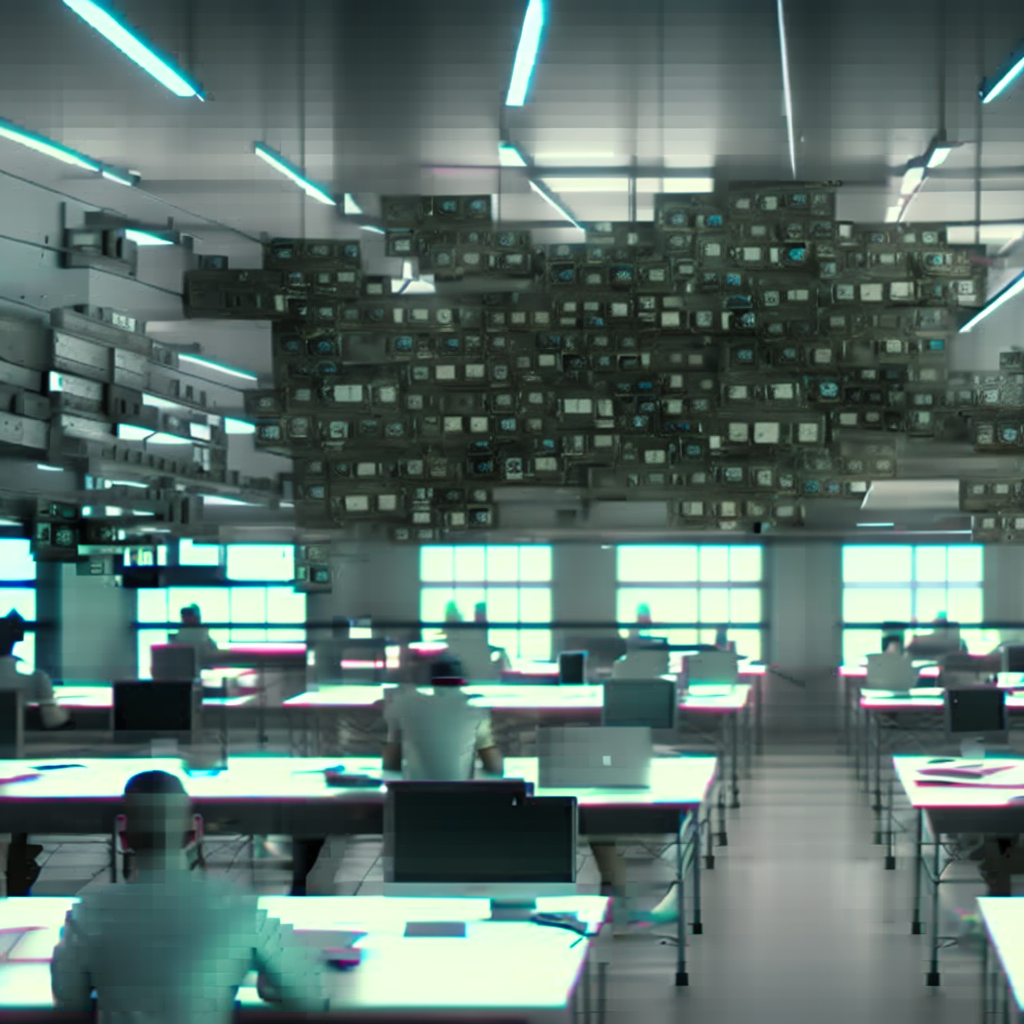
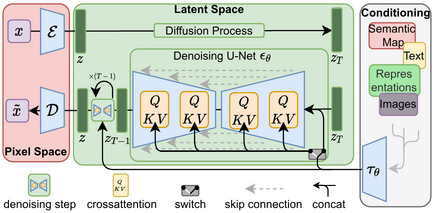
Image-to-Image Generation
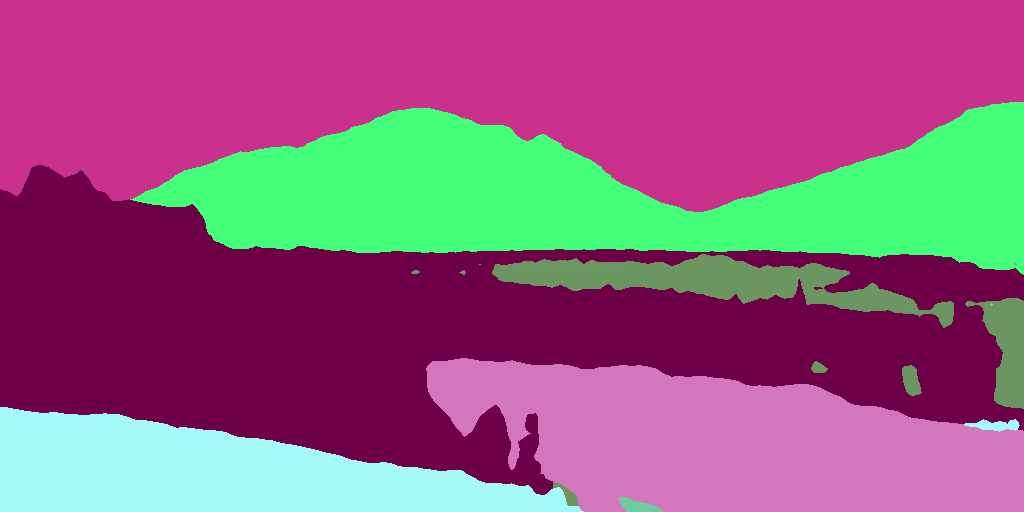
Synthetic Video Generation
Generated from Synthesia.io
Deep Fakes
Machine Learning for Design
Lecture 4
Machine Learning for Images. Part 2
Credits
CMU Computer Vision course - Matthew O’Toole.
Grokking Machine Learning. Luis G. Serrano. Manning, 2021
[CIS 419/519 Applied Machine Learning]. Eric Eaton, Dinesh Jayaraman.
Deep Learning Patterns and Practices - Andrew Ferlitsch, Maanning, 2021
Machine Learning Design Patterns - Lakshmanan, Robinson, Munn, 2020
Deep Learning for Vision Systems. Mohamed Elgendy. Manning, 2020
